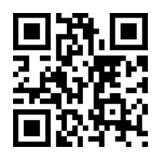As the main carrier of power transmission, wire and cable are widely used in electrical equipment, lighting lines, household appliances and so on. Its quality directly affects the project quality and the life and property safety of consumers. There are many kinds of wires in the market. Appropriate wires should be adopted according to their own power load.
Some of the wires sold in the market are cheap, some are more expensive, and some people tend to be cheaper first. However, many cheap wires often fail to achieve the performance he described, which may bring many potential safety hazards to themselves. The technical content of wire production is not too high, and there is no great difference in raw materials. If it is too cheap, it is either cutting corners or insufficient quantity. Then how to identify it. Cyrand surlantek, a wire and cable manufacturer, tells you several methods that are easy to identify:
1. Looking at the packaging, the wires of the national standard are often well done and neat. They have a sense of quality in their hands.
2. To open the package and have a look at the wires inside, the national standard wires with an area of 1.5-6 square meters are required to have a skin thickness (insulation thickness) of 0.7mm. If it is too thick, it is non-standard, and the corresponding inner core is certainly not enough. You can pull the wire skin hard. What is not easy to tear is generally national standard
3. Burn it with fire and extinguish it within 5S after leaving. It is a national standard line with certain flame retardant function.
4. Look at the inner core. The higher the brightness of the inner core material (copper), the better the copper, and the brightness is uniform, shiny and has no sense of hierarchy. The national standard requires that the inner core must be oxygen free copper. Non standard, such as black rod copper, may have potential accidents.
5. The thickness of the inner core has certain national requirements, but it is not very strict. But it won't make a lot of mistakes, just a little bit, which can't be seen by the eye.
6. In terms of length, the state does not force to beat rice, but many manufacturers also beat rice. Those who beat rice are not necessarily national standards, but general national standards generally do not beat rice. Non standard beating rice is just a means.
7. The state stipulates that the wire must be marked with a certain mark, which will not exceed 500mm at most. There will be the next same mark, which generally has the product trademark, manufacturer's name, executive standards, etc.
-
2020-11-11
-
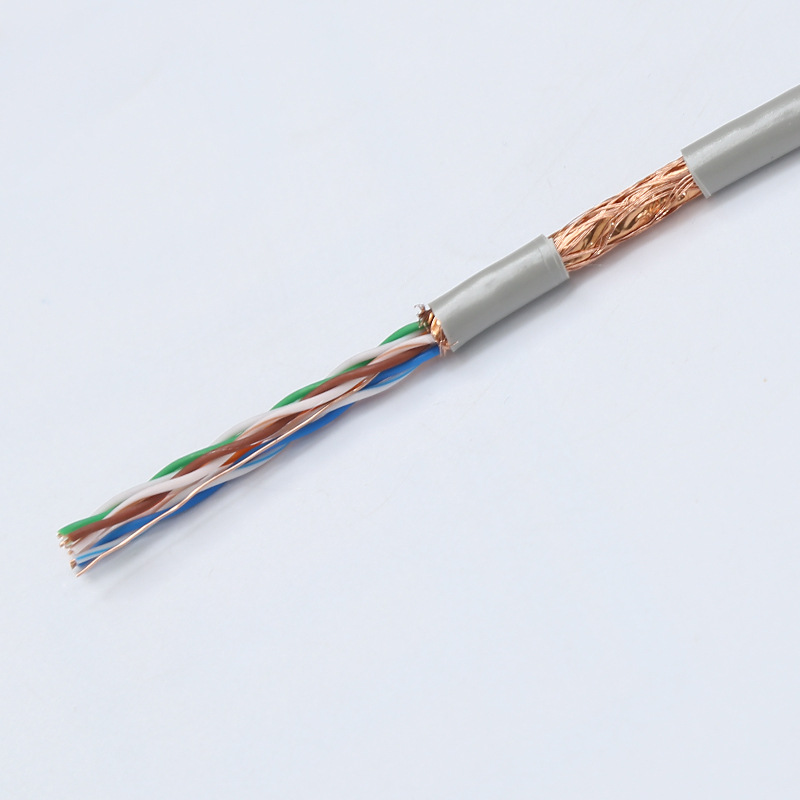
LAN Cable – CAT5e, FTP Series (shielded)
LAN cable
-
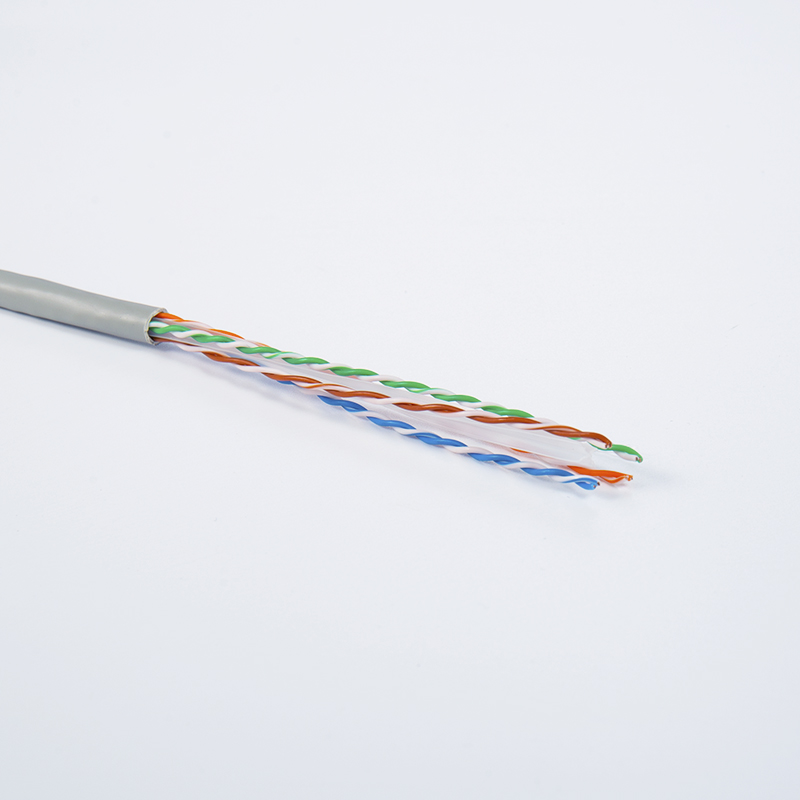
LAN Cable – CAT6, UTP Series (unshielded)
LAN cable
-
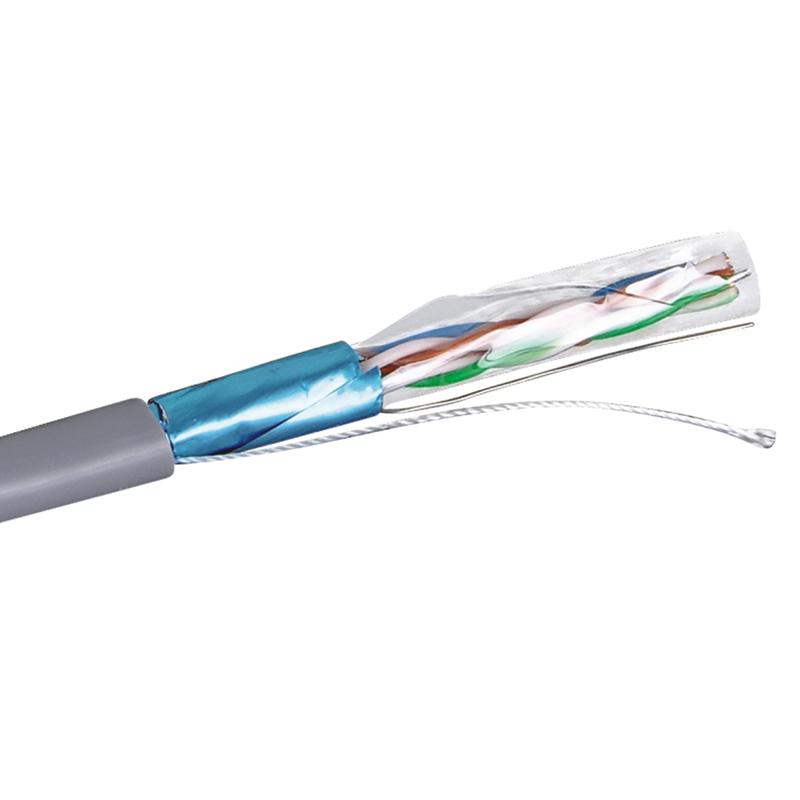
LAN Cable – CAT6, FTP Series (shielded)
LAN cable
-

LAN Cable – CAT3, Multi-pairs, UTP Series
LAN cable
-
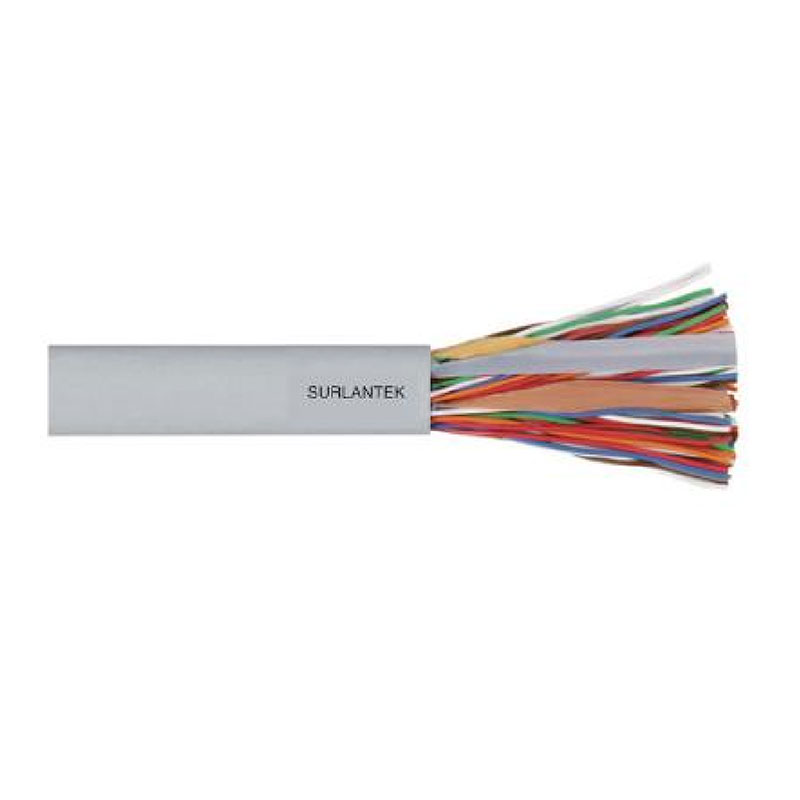
LAN Cable – CAT5, Multi-pairs, UTP Series
LAN cable
-
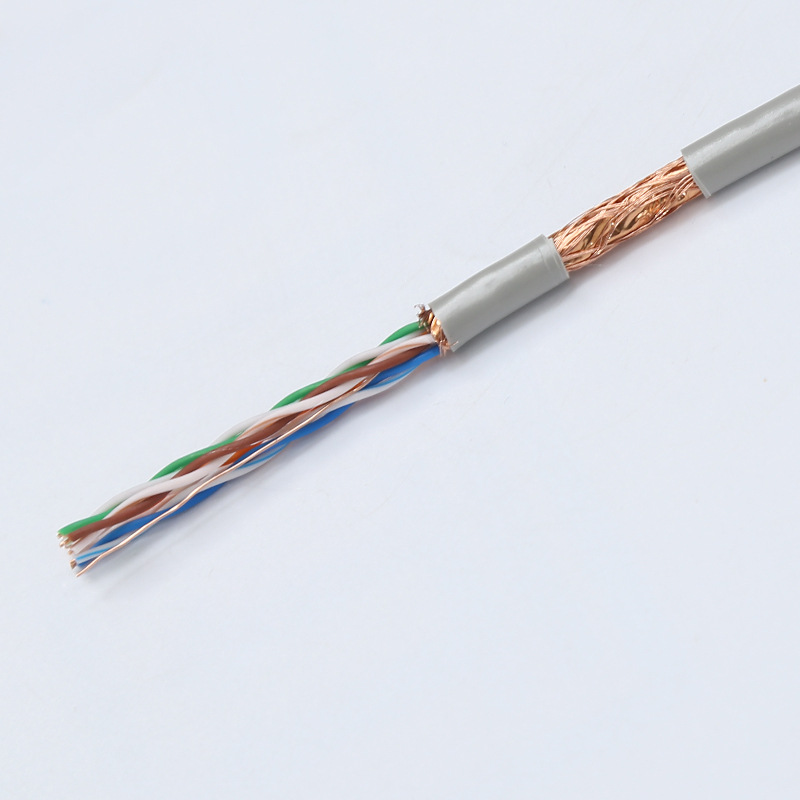
LAN Cable – CAT5e,4 pairs (double-shielded)
LAN cable
-
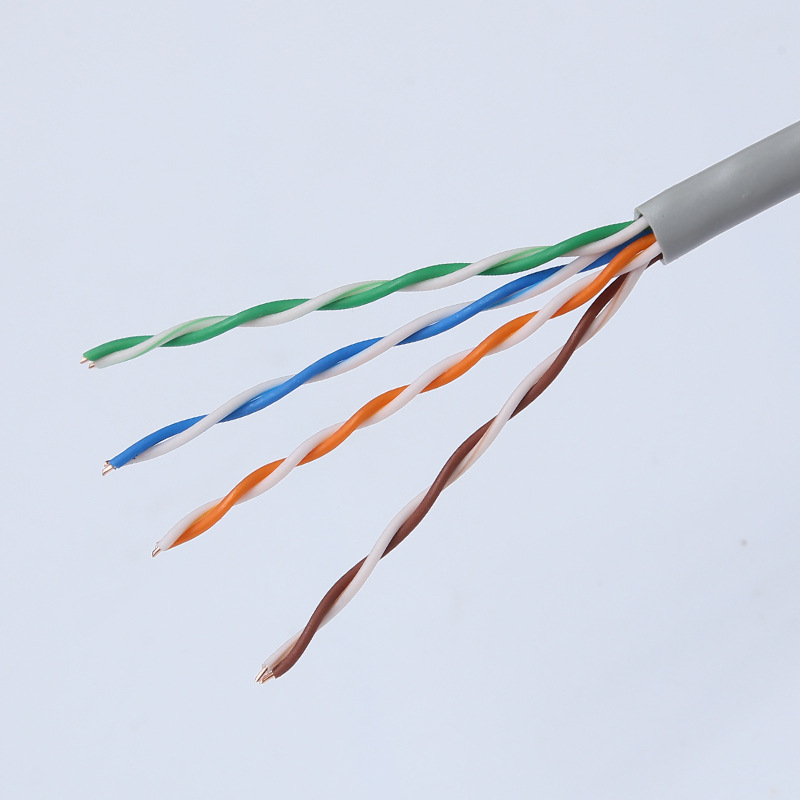
LAN Cable – CAT5e,4 pairs (un-shielded)
LAN cable
-
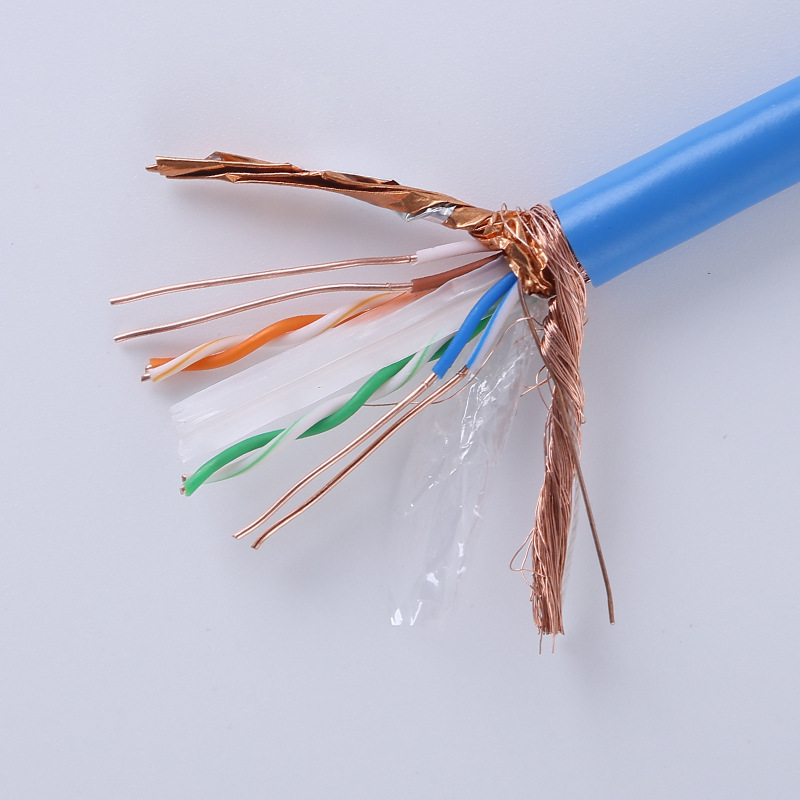
LAN Cable – CAT6e (double-shielded)
LAN cable

